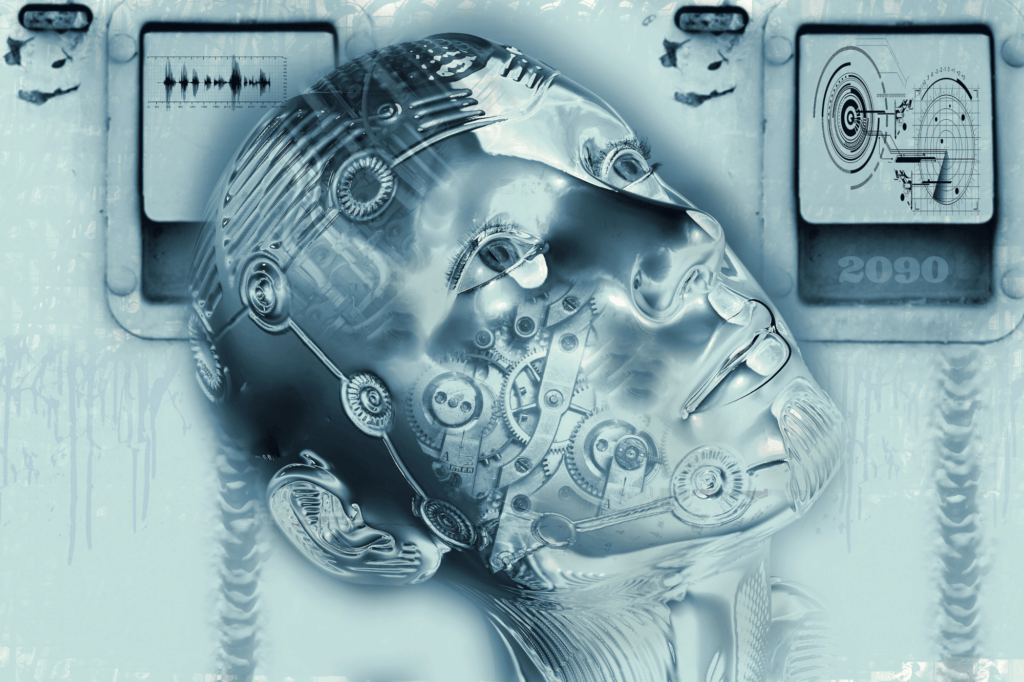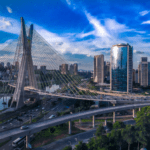
4IR Impact on Future Cities
Technology has evolved in fundamental ways since the fifteenth century. It’s progression from the first industrial revolution to the current 4th revolution, technology has changed with regard to demands placed on it by people and their way of life. How people live, work, interact, and respond to negative situations has driven the greatest of this journey of transformation. The extend of technology on the future of cities, and their people is yet to be fully understood, but one thing is sure to happen – politics, business, citizens, academia and all other social stakeholders will have to change the way they do things today.
The first industrial revolution began around 1765, marking the advent of the energy revolution. Energy enabled the mechanization of manufacturing plants through the use of steam and water. A century after, around 1870, the Electric revolution, known as the second industrial revolution, came in, boosting production by the introduction of assembly lines propelled by electrical power. The third industrial revolution kicked in around 1969 by the introduction of electronics and information technology. This information technology revolution was characterized by the use of programmable logic controllers and IT systems to automate production. And now, we are undergoing what perhaps is the most defining, impactful and dynamic fourth industrial revolution. Dubbed the cyber-physical revolution, it involves autonomous decision making of cyber-physical systems using machine learning through cloud technology.
Contrary to the popular belief that production was behind every wave of the industrial revolution, we would argue that people and their way of life, essentially the demand side, was the primary driver giving rise to the need for increase in production. And as urban areas grew, the demand side grew, and the output production mechanisms had to adjust in order to keep up with the demand. Thus, as the world population keeps growing and rapid urbanization stays at today’s rate of 81 million people moving into cities every year, technology has to adjust again to keep up with the smart way of life and with citizens’ demand for sustainable practices, efficient services, and safe urban environments.
The advantages of the fourth industrial revolution are evident. Firstly, it is projected to raise income levels as more skilled labor enters the market, and less complex tasks as well as highly manual tasks are automated. Secondly, future technological innovation is set to boost the supply side of most economies bringing about better efficiencies, and productivity. Lastly, a better way of life is also projected, where crime management, increased mobility, better monitoring of city activities and even application of predictive systems for preventing disasters will be implemented at the advantage of people.
Then there is the other side of the fourth industrial revolution coin, the threats or disadvantages it brings. For example, like every revolution before it, the fourth revolution is expected to be more defining, extremely impactful as it produces self-governing technologies such as machine learning, artificial intelligence and internet of things. The extend of the negative impact brought about by these systems is yet to be determined. As some of these new inventions could enable sophisticated criminal activity much to the disadvantage of ordinary citizens. The uncertainty of the risk side of this revolution is concerning because global agendas are not always born from pure motive.


